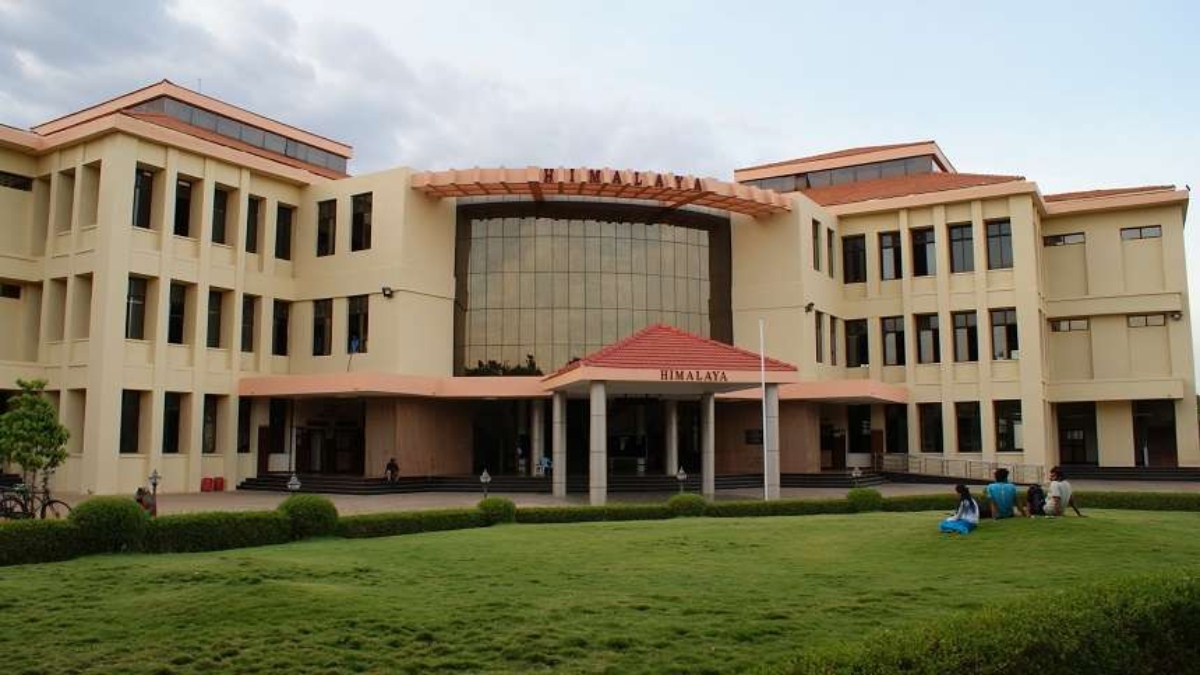Indian Institute of Technology Madras researchers are working on a revolutionary new idea that can pave the way to effective drugs for treating HIV/AIDS. Using molecular dynamics simulations, the research team have shown that introducing electrostatic interaction sites on potential drug molecules can enhance the efficacy of the antiviral drug against the HIV virus.
This research was led by Prof. Sanjib Senapati, Department of Biotechnology, IIT Madras, along with his research scholars, Mr. Mohammed Ahsan and Ms. Chinmai Pindi. The results of their ground-breaking work have recently been published in the prestigious peer-review Journal of the American Chemical Society – Biochemistry.
AIDS is one of the most devastating diseases and is a major cause of death among youth in many parts of the world. Since its outbreak nearly four decades ago, tremendous efforts have been directed towards development of antiretroviral therapies that target different stages in the life cycle of the virus that causes this deadly disease.
The pressing need for better drugs to combat drug-resistant HIV strains led researchers such as Prof. Sanjib Senapati to delve into the molecular structure of the protease to identify weak sites that can offer a handle for better inhibitor development. One of the routes that drug developers work on is to attack is HIV-1 protease (HIVPR), an essential enzyme that is used by the AIDS virus for growth and maturation. Drug designers have aimed at developing efficient inhibitors of the enzyme – inhibitors are molecules that bind with the enzyme, thereby making it unavailable to the virus for growth and maturation.
Elaborating on this research, Prof. Sanjib Senapati, Department of Biotechnology, IIT Madras, said, “Current inhibitors that target HIVPR make use of the weak forces of attraction called ‘van der Waal’s forces’ to attach themselves to the protease molecule. Given that these forces are weak, the efficacy of the drug is variable and the virus will soon become resistant to them.”
Recent useful data obtained using analytical techniques such as neutron diffraction and NMR, on the molecular structure of the target HVPR enzyme, have encouraged Prof. Sanjib Senapati to re-visit the patterns of HVPR-inhibitor binding. By using state-of-art computational techniques his team has uncovered vital data that can be used for design of more efficacious drugs.













